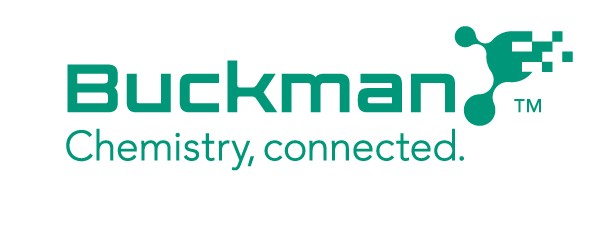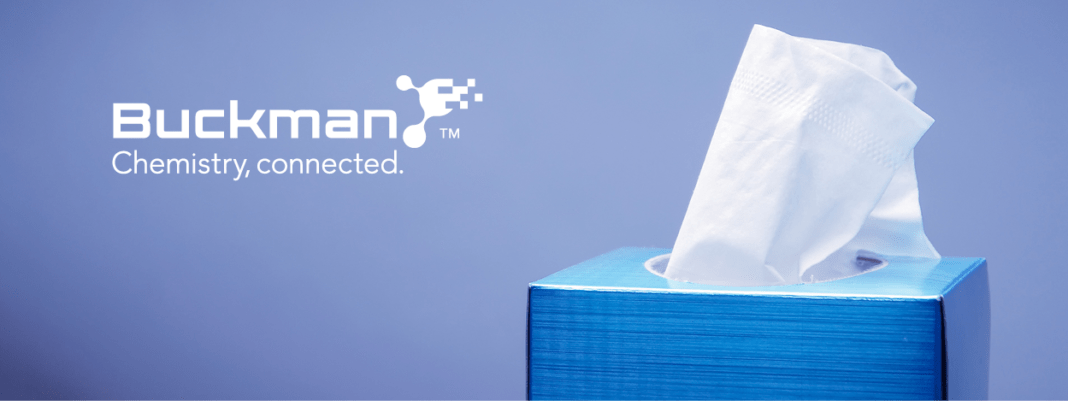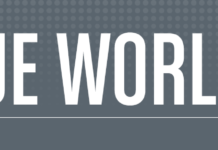A tissue producer cannot achieve their final product quality goals without consideration of not only how much strength is required, but what is the most beneficial method for generating that strength. Each of the different approaches to generating tensile do so by different means. These different approaches impact the basic fiber characteristic and the inter-fiber bonding mechanisms which carry over into differences in base sheet characteristics.
The key base sheet characteristics that are invariably impacted by how strength is generated include:
- Caliper: Due to refining, pressing and creping methods.
- Product stiffness: Due to introduction of a covalent bonding mechanism or creating higher strength hydrogen bonding via introduction of compatible ionic materials.
As product caliper and stiffness are impacted, so are final product bulk to basis weight and handfeel. By reducing reliance on mechanical refining and dry strength resins, tissue makers can obtain the final tensile strengths they need without the undesirable negative impacts on caliper and handfeel. In so doing, the potential for higher quality and reduced costs is unlocked, and both operations and marketing can leverage the results to their benefit.
The recently published e-book from Buckman “Methods for generating strength in tissue” provides more detailed information on how to compare and contrast strength generating approaches so that tissue makers can choose an approach appropriate to their goals.
Sponsored by
























